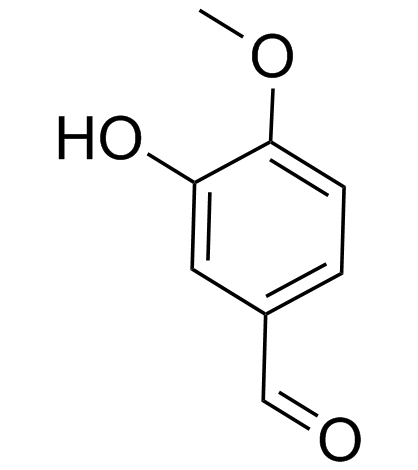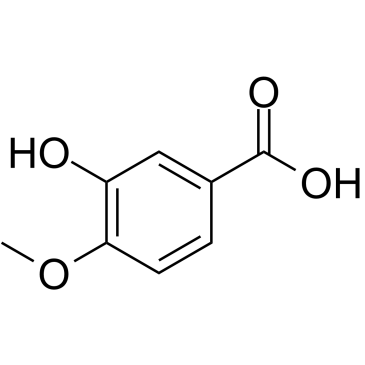| 结构式 | 名称/CAS号 | 全部文献 |
|---|---|---|
 |
异香兰素; 3-羟基-4-甲氧基苯甲醛; 异香草醛
CAS:621-59-0 |
|
 |
3-羟基-4-甲氧基苯甲酸,异香兰酸
CAS:645-08-9 |